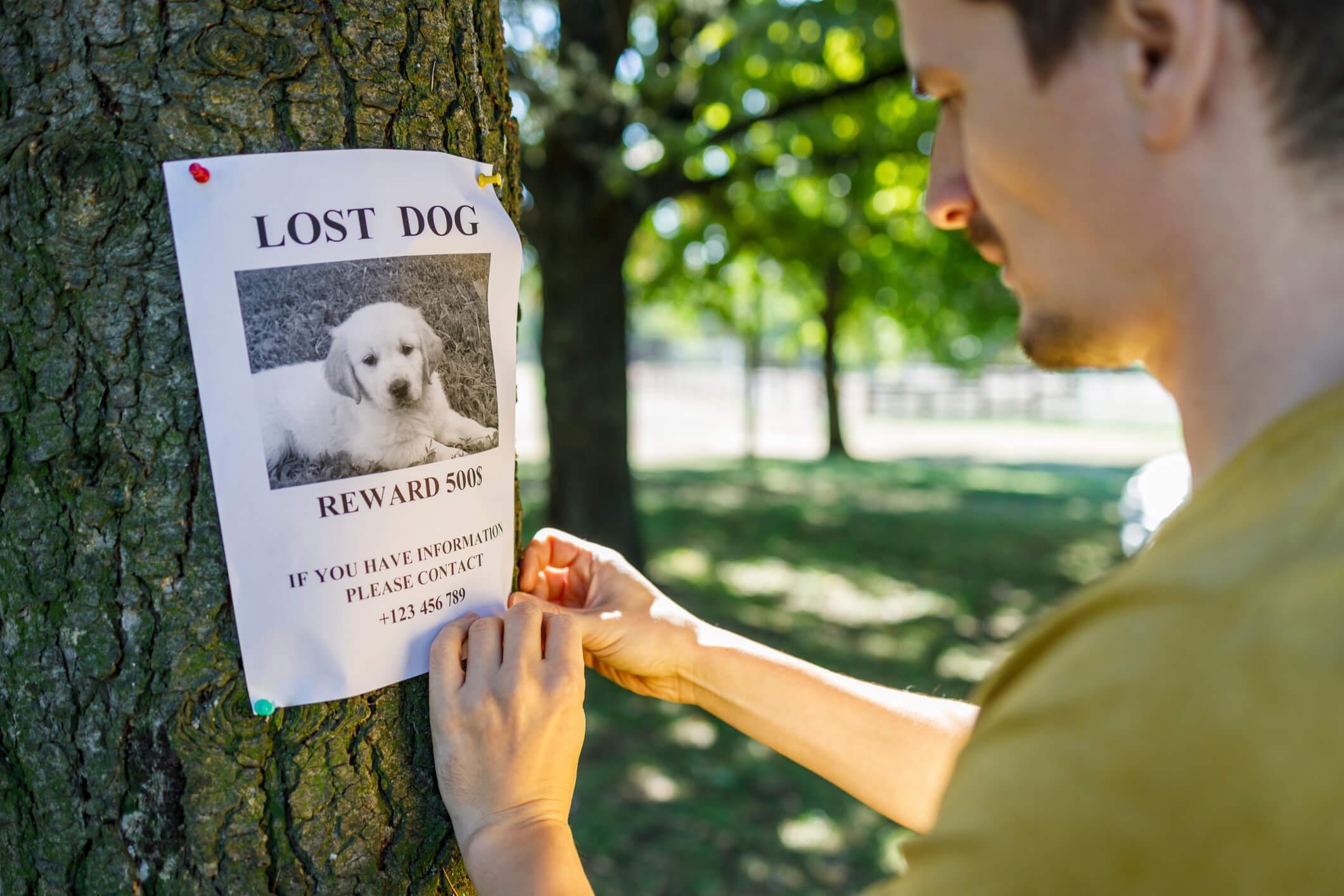
How to Keep Your Pet From Getting Lost or Stolen!
No one wants to imagine their fur baby scared, hungry and far from home. But the truth is, pets become lost every day—more so than anyone wants to admit. The finder might bring your pet to a shelter for identification, or they might try to claim it as their own.
Fortunately, a few safety precautions can prevent pets from getting lost in the first place. In the event your pet is stolen, you have several options to prove the cat or dog belongs to you. Below are some easy steps you can take right away to keep your four-legged friend safe and sound.
Tips to keep your pet safe all the time
Follow these preventative measures to keep pets secure at home and on the go.
- Pet-proof your fence: A fence is essential to prevent cats and dogs from accidentally escaping the home. The fence should completely enclose your property with no gaps between the planks or chains. It should be tall enough so your dog can’t jump over it. Check for any loose panels a cat or small dog could squeeze through. If your pet likes to dig, reinforce the bottom of the fence with rocks or chicken wire to deter them from tunneling beneath it.
- Complete recall training: Dogs face many distractions when they’re at the dog park or going for a walk. They could pull the leash from your grasp and chase after a squirrel. Every dog should learn to “stay” and “come,” especially if they have a strong prey drive. If your dog gets loose, recall training will ensure they come back to you. Make sure your dog responds to these commands before bringing them to outdoor public spaces.
- Practice car safety: Dogs love to stick their heads out the car window and feel the wind through their fur. Unfortunately, some might get too eager and jump out the window altogether! Not only could your pup get lost, they could get hit by oncoming traffic, too. Keep the windows rolled up far enough so only your dog’s head can poke out. Keep your dog leashed during car rides and grab the leash right when you open the car door in case they decide to bolt.
- Spay or neuter your pet: Neutered male pets are less likely to roam in search of a mate. The surgery eliminates unwanted behavior by removing the reproductive organs and lowering their sex hormone levels. While intact females don’t often try to escape home, spaying can make them less of a target for intact males. Female pets that haven’t been spayed draw attention, and they might bolt out of the yard to get away from the aggressive male pet.

Steps for reclaiming a lost pet
Despite your best efforts, some pets become lost anyway. Pet parents can reunite with their furry friends by following these steps.
- Give their collar an ID tag: Cats and dogs need to wear an ID tag on their collar so that whoever finds your pet knows they’re not a stray. ID tags provide the finder with helpful information like the pet’s name as well as your name, address and phone number. Keeping this information on your pet at all times will reunite the two of you a lot faster.
- Microchip your pet: ID tags are helpful but not completely foolproof. Your pet’s collar could get damaged or slip off while they’re lost on the streets. At first glance, a cat or dog with no collar could easily be mistaken for a stray. However, a microchip can prove the pet belongs to you. The local vet or shelter will scan your pet for a microchip, and your contact information will show up in their database. Microchips prevent others from claiming ownership by proving you legally adopted the pet.
- Call animal control and shelters: Hopefully, whoever finds your fur baby will bring them to a shelter to identify you as the pet’s rightful owner. When you begin your search, the first places to check include your local animal control agency and all the shelters within a 15-mile radius. Ask if anyone has turned in an animal that matches your pet’s description. Owners can also spread the word about a lost pet by hanging fliers, posting on social media, speaking to neighbors and contacting lost and found animal groups.
The chance of losing a fur baby is a reality all pet parents must face. A few preventative measures will make sure your furry companion remains safe in your care.


